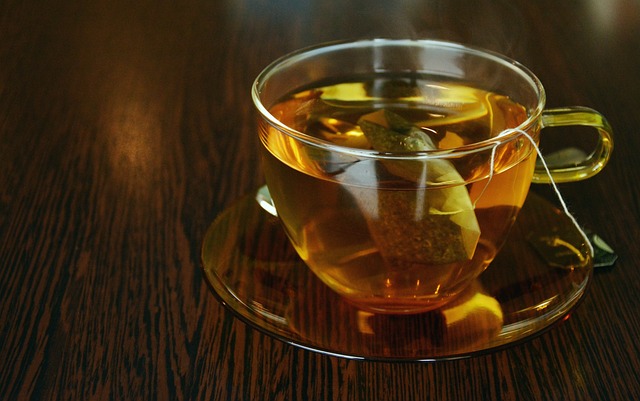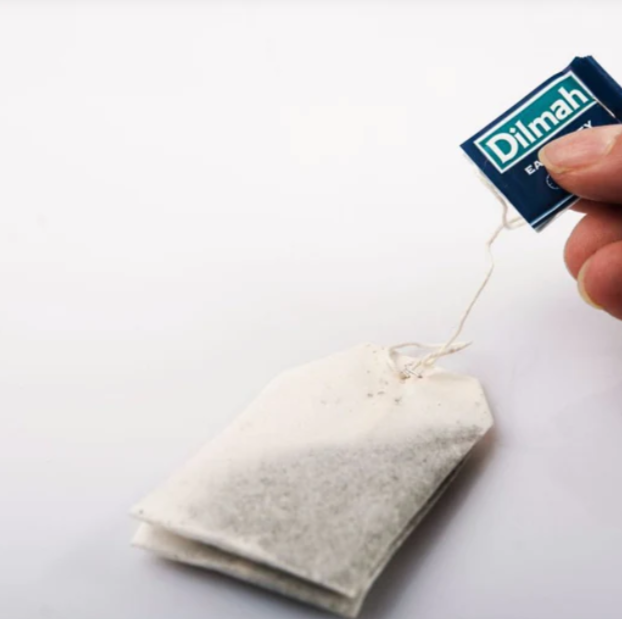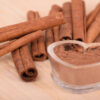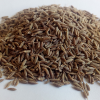
How Much Caffeine is in a Cup of Earl Grey Tea?
Earl Grey tea, known for its beauty, elegance, and familiar flavor, is a popular choice among tea enthusiasts. Many people wonder about the caffeine content in Earl Grey tea and whether it is good for their health. In this article, we will explore the caffeine levels in Earl Grey tea, its origins, the ingredients used, and its potential health benefits. We will also discuss how you can control the caffeine content in your cup of Earl Grey tea.
Earl Grey Tea

The Origins of Earl Grey Tea
Earl Grey tea, being one of the most beloved flavored black teas, has an intriguing history. While it is difficult to pinpoint its true origins due to various stories circulating, one thing is certain – it was named after Charles Grey, the 2nd Earl Grey, who was the British Prime Minister from 1830 to 1834. According to some accounts, a Chinese merchant presented the original form of this tea to Earl Grey, who enjoyed it so much that he asked others to recreate it. The initial blend consisted of black tea leaves and pure citrus oil, specifically bergamot. Over time, the name “Earl Grey” became associated with any tea that had a noticeable bergamot flavor.
What’s In Earl Grey Tea?
The traditional Earl Grey tea was a simple combination of black tea leaves and bergamot oil, derived from the skin of a Sicilian citrus fruit known for its tart and spicy characteristics. However, the composition of Earl Grey tea has evolved over time, and today, there are various blends and flavors available that are considered Earl Grey. These modern versions may incorporate additional ingredients such as flowers or fruits to provide a wide range of flavors and strengths to suit different preferences.
How Much Caffeine Is In Earl Grey Tea?
The caffeine content in Earl Grey tea can vary depending on factors such as the steeping time and the amount of tea leaves used. On average, an 8-ounce cup of Earl Grey tea contains between 40 to 120 milligrams of caffeine. The variation in caffeine levels is primarily attributed to the steeping process. A shorter steeping time, around 1 minute, will result in a cup with baseline caffeine levels. However, if you prefer a stronger brew and opt for a longer steeping time, such as 5 minutes, the caffeine levels can increase by at least 50% to 100%. It is important to keep this in mind if you are trying to control your caffeine intake.

Is Earl Grey Tea Good for You?
While research on the health benefits of Earl Grey tea is ongoing, there are several potential advantages that have been identified by researchers. Let’s take a closer look at some of them:
Heart Health
Black tea, including Earl Grey, has been associated with lower blood pressure. This can be particularly beneficial for individuals with hypertension, as it can help them maintain a healthier heart.
Lower Cholesterol
Bergamot, one of the key ingredients in Earl Grey tea, has been found to have a positive impact on cholesterol levels. It has been shown to reduce bad cholesterol (LDL cholesterol) and overall cholesterol levels. Therefore, Earl Grey tea may be beneficial for individuals with higher cholesterol levels.
Weight Loss
Black tea, which forms the base of Earl Grey tea, contains polyphenols. These compounds have been studied for their potential role in promoting fat digestion and reducing stress or damage to the body’s cells. While more research is needed, this suggests that Earl Grey tea may have some weight loss benefits.
It’s important to note that the potential health benefits of any beverage should be considered in the context of an individual’s overall health. If you have any specific health concerns, it is always best to consult with a healthcare professional before making changes to your diet or lifestyle.
Can Earl Grey Tea Be Caffeine-Free?
If you are concerned about caffeine consumption but still enjoy the flavor of Earl Grey tea, there are options available. Decaffeinated versions of Earl Grey tea can be found in the market. These teas undergo a process to remove most of the caffeine content while retaining the distinctive taste of Earl Grey. Additionally, herbal versions of Earl Grey tea, which are naturally caffeine-free, provide an alternative for those looking to avoid caffeine altogether.
How Much Caffeine Is Safe for You?
The Mayo Clinic recommends that adults can safely consume up to 400 milligrams of caffeine per day. This guideline applies to various sources of caffeine, including tea. When it comes to Earl Grey tea, closely monitoring the steeping time can help you regulate your caffeine intake. By following recommended steeping times and portion sizes, you should be able to enjoy 5 to 6 cups of Earl Grey tea per day without exceeding the recommended caffeine limit.
In Conclusion
Earl Grey tea is a beloved beverage renowned for its distinctive flavor and aroma. If you are concerned about the caffeine content in your cup of Earl Grey tea, understanding the factors that affect caffeine levels can help you make informed choices. The caffeine content can vary depending on steeping times, with longer steeping times resulting in higher caffeine levels. Earl Grey tea also offers potential health benefits, such as supporting heart health and aiding in weight loss. If you prefer to avoid caffeine, decaffeinated or herbal versions of Earl Grey tea are available. Ultimately, the decision to include Earl Grey tea in your diet should be based on your individual health needs and preferences. So, sit back, relax, and savor the delightful flavors of Earl Grey tea.













